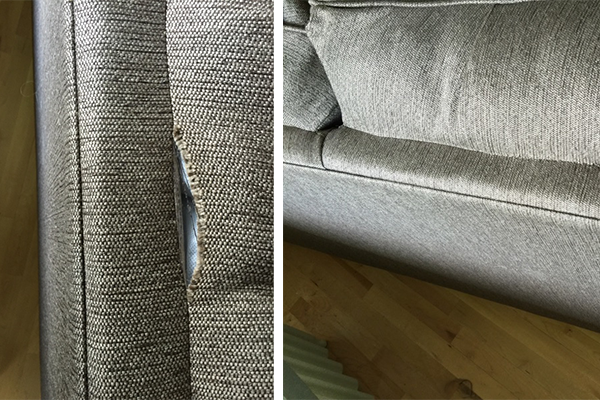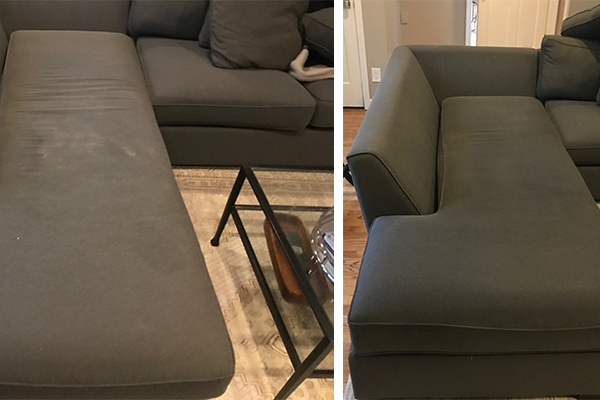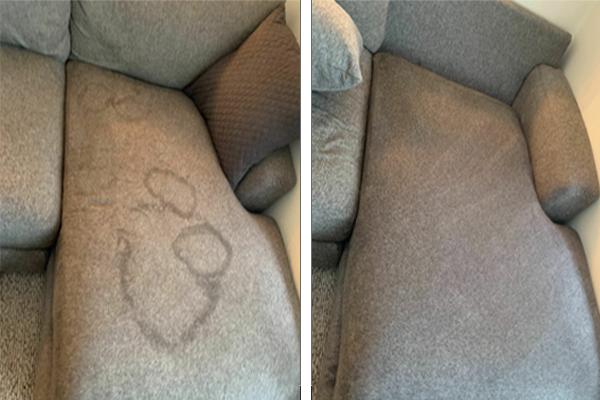To preserve your upholstered furniture, periodic care can help prolong the life of your furniture.
- Vacuum your upholstery regularly: It’s your first defense against stains. Vacuuming removes soil from your furniture just as it does from your carpets and rugs, and you may discover hidden food stains between the cushions in time to get them out before they set.
- Find a hidden place on the piece’s cover to test your liquid cleaner before attacking a stain. Good testing sites might include the bottom inside hem of the skirt or a seam at the back.
- Remove soil right away if you can. The longer a spill stays on the fabric, the harder it is to remove. If it’s a more solid substance, scrape it up from the cover with a dull spoon or table knife, then vacuum the fabric as soon as you can after removing the stain.
- If your cleaning code allows water-based stain cleaning, use five teaspoons of mild dishwashing liquid to one gallon of lukewarm water. If it’s an oily spill, or something like cola that contains caramelized sugar, use a solution of one part white vinegar to one part water.
- Dampen but don’t soak the stained spot. Blot frequently with white cotton or paper towels, but don’t rub; you may disturb the fabric’s nap or cause it to pill.
- Always work from the outer edges of a stain in toward the center, which will help prevent rings from forming.
Fabric Upholstery Cleaning Codes
Before cleaning with any type of agent always
- Check the cleaning tags to make sure you are using the right one for your furniture (see below).
- Pretest- Make sure you pretest your fabric in an inconspicuous area to make sure the chemical you are using will not damage or discolor the fabric.
- Always clean seam to seam.
These codes are put there by the manufacturer as the best recommended cleaning practice for customers to use. Depending on the stain types, a professional cleaner may have to use different methods.
“W”: Use a water-based cleaning agent. This cleaning code is the easiest one to follow, since most upholstery cleaners are water-based. You can also gently wipe down stains with a cloth damp with water and not worry about damage.
“S”: Use dry cleaning agents only. If a stain or spill occurs, look for a professional-grade dry cleaning product and avoid cleaning it with anything containing water.
“WS”: Both water-based and dry-cleaning agents are safe to use, though we recommend playing it safe and sticking to a professional solvent or dry-cleaning service. If you must use a water-based agent, get to the stain or spill as soon as possible.
“X”: Vacuum only; do not use any sort of cleaning solution, professional or otherwise, or else risk permanent damage.





